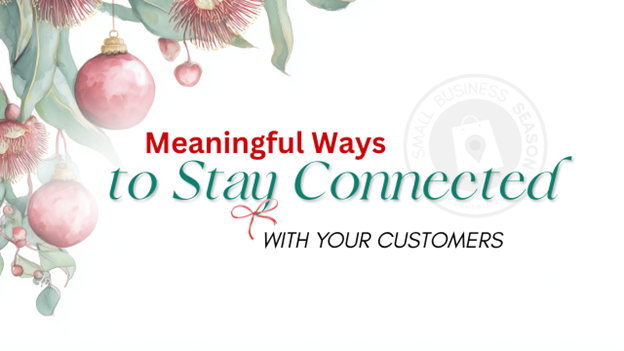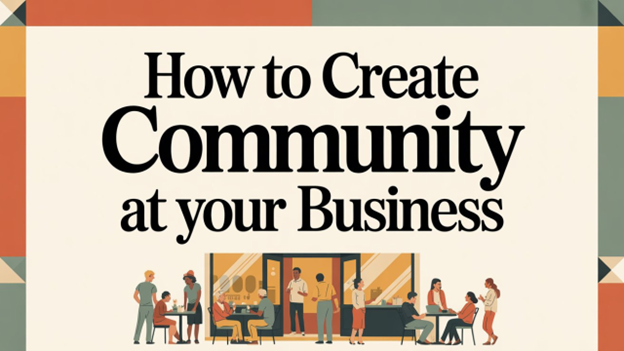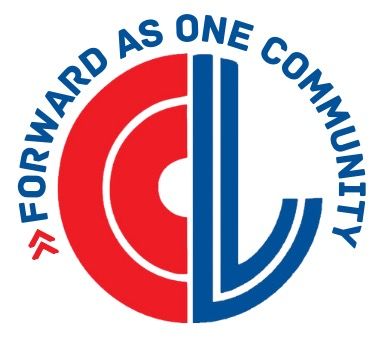How Small Businesses Can Lead Innovation
- Small businesses are driving innovation—embracing trends that fuel growth and resilience.
- Sustainability is a competitive edge, as eco-conscious consumers demand greener products and practices.
- E-commerce continues to grow, with social commerce and omnichannel strategies reshaping the landscape.
- AI adoption is accelerating, streamlining operations, improving customer engagement, and enhancing decision-making.
- Community-focused strategies build trust—hyperlocal marketing and partnerships strengthen customer loyalty.
635 words ~ 3 min. read
Small businesses have always been the heart of innovation, adapting quickly to change and shaping industries in unexpected ways. Now, a new wave of transformation is taking place—one driven by sustainability, evolving e-commerce strategies, artificial intelligence, and deeper community engagement. The businesses that embrace these trends won’t just survive; they’ll thrive.
Sustainability: More Than a Trend, a Competitive Edge
For years, large corporations have led the sustainability conversation, but today, small businesses are proving they can drive change just as effectively. Consumers increasingly seek out brands that align with their values, and sustainability is at the top of their priorities. According to a NielsenIQ study, 78% of consumers say a sustainable lifestyle is important to them.
For small businesses, this shift presents both a challenge and an opportunity. Those that commit to sustainable practices—whether by adopting eco-friendly packaging, reducing waste, or sourcing from ethical suppliers—are building long-term trust with their customers. More importantly, sustainability is no longer just a feel-good initiative; it’s a business advantage. Customers are willing to pay more for products they believe are making a difference, and small businesses that embrace this movement will attract and retain loyal buyers.
E-Commerce’s Continued Evolution
Online shopping has been growing for years, but in 2025, the landscape is shifting once again. It’s no longer just about having a website; it’s about being where the customers are—on social platforms, mobile devices, and in seamless digital experiences that connect online and offline shopping.
Social commerce, in particular, is becoming a dominant force. Platforms like Instagram, TikTok, and Pinterest aren’t just for marketing anymore—they’re full-fledged shopping destinations. Consumers are making purchasing decisions in real-time, influenced by creators, peer reviews, and interactive content. According to Statista, global e-commerce sales are expected to reach $7.4 trillion in 2025, and small businesses that invest in social selling, mobile-friendly platforms, and omnichannel experiences will be the ones who capture that growth.
For small business owners, this means rethinking their approach. A well-optimized website is still essential, but so is an active presence on social media, easy checkout experiences, and strategies that connect digital and physical storefronts. The businesses that get this right will stay ahead of the curve.
AI for Any Business
For many small business owners, artificial intelligence once seemed like a tool reserved for tech giants. But now, AI is more accessible than ever, offering cost-effective solutions to streamline operations, improve customer engagement, and make smarter business decisions.
AI-powered chatbots are handling customer inquiries 24/7. Automated marketing tools are crafting personalized email campaigns with just a few clicks. Even customer service and inventory management are being optimized with AI-driven insights. The businesses that embrace these tools aren’t just saving time; they’re improving customer experiences and freeing up resources to focus on growth.
Platforms like Shopify Magic, ChatGPT, and HubSpot’s AI-powered CRM are making it easier for small businesses to integrate AI without needing a dedicated IT team. The key is to start small—automating one or two repetitive tasks—and gradually expanding AI’s role in the business. Those who do will be more agile, more efficient, and better equipped for long-term success.
Community Engagement: The Power of Local Connections
In a digital world, small businesses have a powerful advantage that big corporations often struggle with: the ability to build deep, meaningful relationships within their communities. More than ever, consumers want to support businesses that align with their values and contribute to something bigger than just profits.
Small businesses that invest in their local communities—by supporting local causes, partnering with nearby businesses, and engaging in hyperlocal marketing—are earning lasting customer loyalty. A Harvard Business Review study found that 64% of consumers prefer to buy from brands that share their values. When a business is seen as a key part of the community, customers become advocates, spreading word-of-mouth recommendations that no marketing budget can buy.
The Future Belongs to Those Who Innovate
The small businesses that will thrive in 2025 are the ones that recognize these shifts and take action. Sustainability isn’t just a buzzword—it’s a business advantage. E-commerce is no longer just a website—it’s a dynamic, social, and omnichannel experience. AI isn’t out of reach—it’s an essential tool for efficiency. And community engagement isn’t just goodwill—it’s a strategic move for brand loyalty.
The question isn’t whether these changes are happening—the question is whether small business owners are ready to embrace them. The future of business is here, and it belongs to those willing to innovate.
Further Reading:
- The Future of Small Business in a Digital World – Forbes
- Why Sustainability Matters for Business Growth – Harvard Business Review
---
The Leavenworth-Lansing Area Chamber of Commerce is a private non-profit organization that aims to support the growth and development of local businesses and our regional economy. We strive to create content that not only educates but also fosters a sense of connection and collaboration among our readers. Join us as we explore topics such as economic development, networking opportunities, upcoming events, and success stories from our vibrant community. Our resources provide insights, advice, and news that are relevant to business owners, entrepreneurs, and community members alike. The Chamber has been granted license to publish this content provided by Chamber Today, a service of ChamberThink Strategies LLC.




